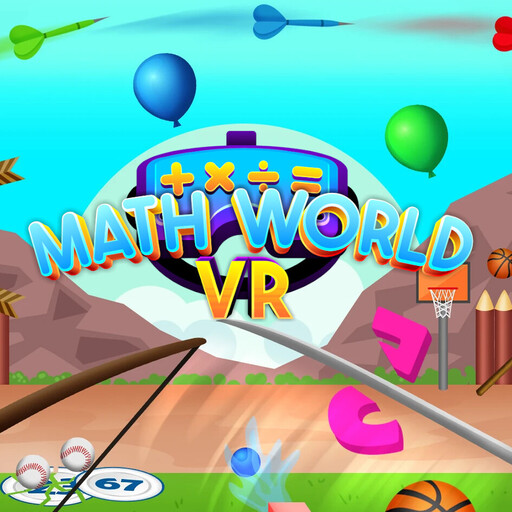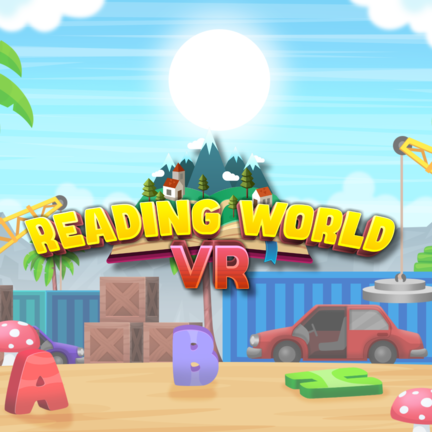The landscape of education constantly evolves, adapting to new technologies and methodologies that enhance learning experiences. Among these innovations, mobile educational games stand out, revolutionizing how we approach education. This blog delves into the evolution of mobile educational games and their growing accessibility, offering insights into how these tools are shaping the future of learning.
The Dawn of Mobile Educational Gaming
Mobile educational games have indeed traversed a significant journey from their humble beginnings. In the early stages, these games were straightforward, primarily focusing on fundamental skills such as mathematics, spelling, and reading comprehension. They emerged as digital supplements to the traditional educational tools like flashcards and quizzes, offering a new, engaging way to reinforce learning outside the classroom. The turn of the millennium marked a pivotal moment for mobile educational gaming. As mobile phones became more widespread and accessible, developers recognized a golden opportunity to merge education with entertainment, crafting content that was not only educational but also engaging and portable.
The initial offerings in mobile educational games were relatively basic, leveraging the limited technology available at the time. These early games often featured simple, text-based questions or puzzles that aimed to test and improve students’ knowledge in a particular subject area. Despite their simplicity, these games were revolutionary, providing learners with the flexibility to engage with educational content anytime and anywhere, breaking free from the constraints of a traditional classroom setting.
As technology advanced, so did the capabilities and ambitions of mobile educational games. The introduction of smartphones and tablets was a game-changer, bringing about a seismic shift in the landscape of mobile gaming. These devices, equipped with advanced graphics and processing capabilities, opened up new avenues for developers to explore. No longer confined to simple text-based puzzles, mobile educational games began to incorporate rich visuals, interactive elements, and complex narratives that made learning an immersive experience.
Educational Mobile Games Today
Today, the spectrum of subjects covered by mobile educational games is impressively broad. Language learning games like Duolingo have made it possible for users to learn new languages in a fun and interactive way, while apps like Dragon Box introduce children to complex mathematical concepts through engaging gameplay. Science and history are no longer subjects confined to textbooks, with games like The Oregon Trail and Star Walk bringing these subjects to life through interactive journeys and explorations.
Moreover, the target audience for mobile educational games has expanded significantly. Initially aimed at children and young learners, today’s mobile educational games cater to a wide range of ages and educational needs, including adults seeking to expand their knowledge or acquire new skills. This inclusivity has broadened the impact of mobile educational games, making lifelong learning a more accessible and enjoyable pursuit for people around the globe.
The evolution of mobile educational games reflects a broader shift in educational paradigms, from passive learning to active engagement. By leveraging the power of mobile technology, these games have transformed mundane educational tasks into exciting adventures, proving that learning can be both fun and effective. As we look to the future, it’s clear that mobile educational games will continue to play a pivotal role in shaping how we learn, teach, and think about education.

Enhanced Learning Through Gamification
Gamification has revolutionized the way educational content is delivered and engaged with, marking a significant evolution in mobile educational games. By weaving game design elements into educational activities, this innovative approach has unlocked new levels of engagement and motivation among learners.
The Mechanics of Gamification
At its core, gamification involves the application of game-playing elements to non-game contexts, such as education. This strategy employs points, levels, badges, leaderboards, and rewards to create an engaging learning environment. These elements tap into the natural desires for competition, achievement, and status, driving learners to engage more deeply with the content.
Personalized Learning Paths
One of the most significant advantages of gamification is its ability to personalize the learning experience. Platforms like Duolingo and Mathletics use adaptive learning technologies to adjust the difficulty level and content based on the learner’s performance. This personalized approach ensures that users are neither bored by content that’s too easy nor overwhelmed by content that’s too difficult. It allows learners to focus on areas that need improvement, tailoring the educational journey to fit individual needs and pace.
Motivation and Engagement
The gamification of learning activities significantly boosts motivation and engagement. By setting clear goals and providing instant feedback, educational games make the learning process visible and rewarding. Achieving a new level or earning a badge serves as a tangible indicator of progress, encouraging learners to set and achieve higher goals.
Social Learning
Many gamified learning platforms incorporate social elements, such as leaderboards or group challenges, fostering a sense of community among learners. This social aspect encourages competition and collaboration, further enhancing engagement and motivation. Learners can compare their progress with peers, exchange tips, and celebrate each other’s achievements, creating a supportive learning environment.
Real-World Application
Gamification also bridges the gap between theoretical knowledge and real-world application. By simulating real-life scenarios, educational games allow learners to apply their knowledge in a safe and controlled environment. This experiential learning approach enhances understanding and retention, preparing learners for real-world challenges.
Challenges and Rewards
The challenge-reward system is a fundamental aspect of gamification that keeps learners engaged. Challenges are designed to stretch the learner’s abilities without causing frustration, while rewards recognize their achievements and encourage further engagement. This balance ensures that learners remain motivated and invested in their learning journey.
The Future of Gamification in Education
As technology continues to evolve, so too will the methods and strategies of gamification in education. Emerging technologies like artificial intelligence (AI) and machine learning are set to offer even more personalized and adaptive learning experiences. These technologies can analyze vast amounts of data to provide insights into individual learning patterns, further tailoring the educational content to meet the unique needs of each learner.
Moreover, the integration of virtual reality (VR) and augmented reality (AR) into gamified learning experiences promises to make educational content even more immersive and interactive. These technologies can create realistic simulations and environments for learners to explore, offering hands-on experience in a virtual setting.
The gamification of mobile educational games represents a significant leap forward in educational technology. By making learning more engaging, personalized, and applicable to the real world, gamification has the potential to transform traditional education. As we continue to explore and expand the possibilities of gamified learning, the future of education looks not only more engaging but also more effective and inclusive.

The Role of AR and VR in Mobile Educational Games
Augmented Reality (AR) and Virtual Reality (VR) have introduced a new dimension to mobile educational games. These technologies offer immersive learning experiences that were once unimaginable. AR games overlay digital information onto the real world, making learning interactive and engaging. Meanwhile, VR games create a completely immersive virtual environment, providing a unique way to explore complex subjects.
For instance, AR apps like Sky View allow users to learn about constellations by simply pointing their device at the sky. Similarly, VR applications like Google Expeditions enable students to go on virtual field trips, exploring everything from the surface of Mars to the depths of the ocean. VR games like Math World VR help students sharpen their math skills by playing fun, interactive mini-games. While educational VR games like Reading World VR help players improve literacy and spelling skills through play. These technologies make learning more accessible, allowing students to explore and interact with content in ways that enhance understanding and retention.
Accessibility and Inclusivity in Mobile Educational Games
Accessibility and inclusivity have become central to the development of mobile educational games. Developers now prioritize creating games that are accessible to learners with diverse needs, including those with disabilities. Features like text-to-speech, voice recognition, and customizable interfaces make these games more accessible to individuals with visual, auditory, or physical impairments.
Moreover, the global reach of mobile devices means that educational games can have a profound impact on underserved communities. These games offer low-cost, high-quality educational opportunities to learners who might not have access to traditional educational resources. By designing games that are culturally sensitive and available in multiple languages, developers can ensure that education through gaming is inclusive and accessible to a global audience.
The Future of Mobile Educational Gaming
The future of mobile educational gaming looks promising, with advancements in technology and pedagogy driving innovation. Artificial Intelligence (AI) is set to play a significant role, with adaptive learning systems that can tailor educational content to the learner’s individual needs and preferences. This personalization will make learning even more effective, providing feedback and adjusting difficulty levels in real-time to challenge learners appropriately.
Furthermore, the integration of social features in mobile educational games is enhancing the learning experience. Multiplayer games and online communities provide opportunities for collaborative learning, allowing learners to interact, compete, and learn from each other. This social aspect not only makes learning more enjoyable but also fosters a sense of community and support among learners.
Gamification of Curriculum-Wide Learning
While gamification has primarily been applied to individual subjects or concepts, the future will see a more holistic approach to gamifying the entire curriculum. This approach will weave educational games throughout all areas of learning, providing a unified and engaging educational experience. By gamifying the curriculum, educators can motivate learners to explore and connect concepts across subjects, fostering a more comprehensive and interconnected understanding of their education.
Conclusion
The evolution of mobile educational games has been a journey of innovation and growth, significantly impacting how we learn and teach. These games have transformed from simple skill-based activities to complex educational experiences that engage and inspire learners. With the continued advancements in technology and a focus on accessibility and inclusivity, mobile educational games are set to redefine the educational landscape. They offer a glimpse into a future where learning is not just a necessity but a delightful adventure that is accessible to everyone, everywhere.








